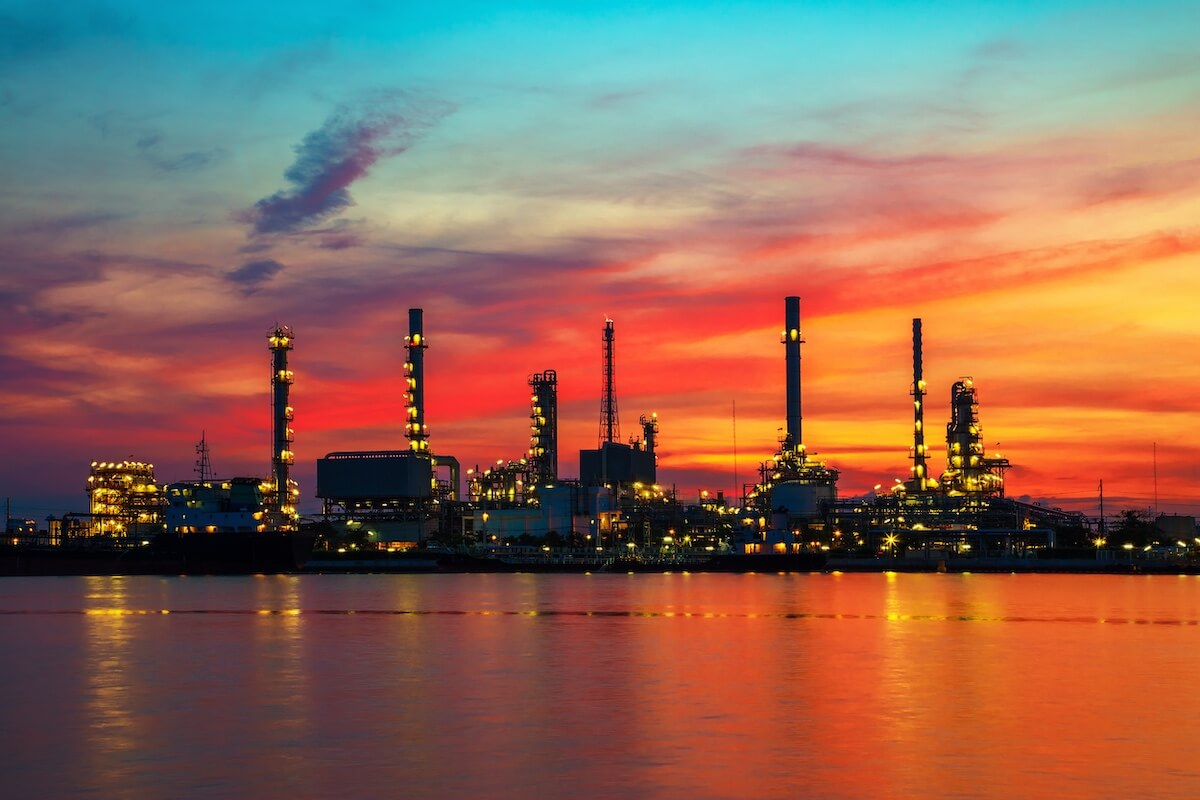What is Crude Oil?
What is Crude Oil? A Beginner’s Guide to the World’s Most Essential Commodity
What is crude oil? It is one of the most crucial natural resources in the world today, powering everything from cars to manufacturing processes. This raw, unrefined oil is extracted from the earth and serves as a major fuel source. Beyond energy, it’s used to create countless everyday products, making it an essential commodity for global economies. Let’s explore what crude oil is, where it comes from, how it’s used, and why it plays such an important role.
Understanding Crude Oil: The Basics
Crude oil is a naturally occurring, unrefined liquid made up of hydrocarbons and other organic materials. Found in underground reservoirs and seabeds, it is formed from the remains of ancient marine organisms like algae and plankton, which settled to the bottom of oceans millions of years ago. Over time, these organic remains were buried under layers of sediment and rock, where heat and pressure transformed them into the fossil fuel we know as crude oil. This oil is extracted, refined, and then processed into various products used across industries.
How is Crude Oil Extracted?
Extracting oil involves complex techniques. Companies drill deep into the earth or sea to reach oil reservoirs and then pump the oil to the surface. The process can vary based on the location, depth, and type of oil deposit. For instance, onshore drilling is often simpler and more cost-effective than offshore drilling, which involves complex rigs and advanced technology to drill into the seabed.
Once extracted, oil is stored and transported to refineries, where it undergoes processing to separate different hydrocarbons. Each hydrocarbon component has specific uses, contributing to a wide range of products beyond just fuel.

Types of Crude Oil
Crude oil isn’t all the same. It’s classified based on its density and sulfur content. Here’s a breakdown:
- Light Crude Oil: This is less dense and has a lower viscosity, making it easier to refine. It’s generally more valuable due to its ability to produce a high yield of petrol and diesel.
- Heavy Crude Oil: This type is denser and more challenging to refine. It requires more processing and yields fewer high-value products.
- Sweet Crude Oil: Sweet crude contains less sulfur, making it easier to refine and ideal for producing petrol and diesel.
- Sour Crude Oil: Sour crude has a higher sulfur content, which makes refining more difficult and costly. It often requires additional processing to remove the sulfur.
The characteristics of the oil depend on the geographic region and geological conditions in which it was formed. Common types, such as Brent Crude and West Texas Intermediate (WTI), are benchmarks for pricing oil worldwide.
The Refining Process: From Oil to Usable Products
Refining transforms oil into various products through heating and chemical processes. The key process, called distillation, separates the oil based on boiling points. Oil is heated in a distillation tower, causing lighter hydrocarbons to evaporate and rise to the top, while heavier ones stay at the bottom.
- Petrol: A primary fuel source for vehicles, petrol is extracted from light hydrocarbons.
- Diesel: Slightly heavier than petrol, diesel is used in trucks, ships, and machinery.
- Kerosene: Often used as jet fuel and heating oil, kerosene is another byproduct of crude oil.
- Heating Oil: Extracted from heavier hydrocarbons, it’s mainly used for heating buildings.
- Lubricants: Heavier components make lubricants, which reduce friction in engines and machinery.
- Plastics and Chemicals: Crude oil is also crucial for creating plastics, synthetic materials, and chemicals, impacting industries from packaging to healthcare.
Each product has its own demand cycle, adding to oil’s versatility and its role in the global economy.

Oil and the Environment
Despite its importance, crude oil extraction and use have significant environmental impacts. Drilling and transporting oil can result in oil spills, which are devastating to ecosystems and marine life. Furthermore, burning oil products like petrol and diesel releases carbon dioxide (CO₂) and other greenhouse gases, contributing to global warming.
However, industries are working to develop cleaner energy alternatives, and many governments have set carbon reduction targets to address climate change. Renewable energy sources, like solar and wind, are increasingly favoured, but the transition away from oil will take time due to its integration in various industries.
The Role of Oil in the Global Economy
Oil isn’t just essential for products and energy; it’s also a cornerstone of the global economy. Oil-producing countries, such as those in the Organisation of the Petroleum Exporting Countries (OPEC), play a major role in influencing oil prices and supply. Countries that rely heavily on crude oil exports, like Saudi Arabia and Russia, benefit from high prices. Conversely, nations that import oil, such as many in Europe, are affected by rising costs.
Prices for oil fluctuate due to various factors, including supply and demand, political events, natural disasters, and global economic conditions. When demand is high or supply is threatened, prices rise, impacting everything from transport costs to heating bills.
Key Uses of Oil
Beyond fuel and energy, oil has countless applications that shape modern life. Here are a few of its primary uses:
- Transport: Oil derivatives like petrol, diesel, and aviation fuel power nearly all forms of transport, including cars, lorries, ships, and aeroplanes.
- Electricity Generation: Though renewables are on the rise, oil is still used in some areas for generating electricity.
- Industry: Oil-based products are essential in manufacturing, from machinery lubricants to plastic packaging materials.
- Household Products: Many everyday items, such as detergents, cosmetics, and pharmaceuticals, contain petrochemicals derived from crude oil.
Alternatives and the Future of Oil
As awareness of environmental issues grows, the search for sustainable alternatives to oil intensifies. Renewable energy sources like solar, wind, and hydro power are increasingly becoming viable energy solutions. Electric vehicles (EVs) are also gaining popularity as a cleaner alternative to petrol-powered cars, reducing reliance on oil.
That said, oil will likely remain a key resource in the near future. Its byproducts are irreplaceable in many industrial applications, and developing alternatives for these will take time. The transition to renewable energy is underway but balancing the need for economic stability with environmental goals remains a complex challenge.

Conclusion: The Lasting Impact of Crude Oil
Oil continues to play an essential role in our lives, powering our vehicles, heating our homes, and providing materials for a wide range of products. Its economic and industrial significance is matched by its environmental impact, making crude oil both a valuable and controversial resource.
Understanding oil’s history, uses, and influence can provide valuable insight into both global economics and our everyday lives. As technology advances, and as we seek more sustainable alternatives, the balance between crude oil and renewable resources will shape our future.
For detailed information on oil spread betting, explore the article here.
For more information on oil, please refer to the article here.

